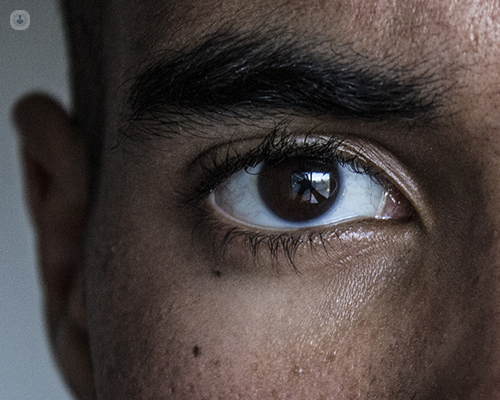
Styes: a real pain in the eye
Styes are a common condition that develop on the inside or outside of the eyelid, in glands or eyelash follicles that have become infected after becoming blocked up by dirt or dead skin. Although they can be painful, styes usually heal after a few weeks. In most cases they will only affect one eye, but styes on both eyes are also possible, as are multiple styes on the same eye.

What are the symptoms of styes?
Styes usually appear as small, yellow bumps in or around the eye. Surrounding skin may become swollen and red, and the bump filled with yellow pus. As a rule, if your eye is red and swollen but there is no lump it is probably not a stye, but rather an indication of another condition such as conjunctivitis or blepharitis. Equally, if there is a lump but it is not painful, it is probably a chalazion. Styes rarely affect vision.
Learn more: What causes a chalazion?
How do you treat an eye stye?
In most cases, styes improve within 1 to 3 weeks without the need for treatment. However, there are some stye treatments you can use to alleviate symptoms, reduce pain, and help the healing process, therefore making everyday life that little bit easier. Some tried and tested remedies for easing the symptoms of styes are:
- A warm compress – soak a small towel or flannel in warm water and apply to the affected eye for around 5 to 10 minutes, massaging the area. This can be repeated 3 to 4 times a day until the stye has disappeared or pus has been released
- Painkillers – In some cases, when the stye is causing a lot of pain and making daily life a little troublesome, painkillers may be recommended to lessen pain
It is best not to wear contact lenses or makeup until the stye has cleared up. Also, maintaining the area of the stye clean will help to avoid any further infection. Specialists warn that you should not burst the stye yourself, or try to remove an eyelash as this could cause infection to spread.

